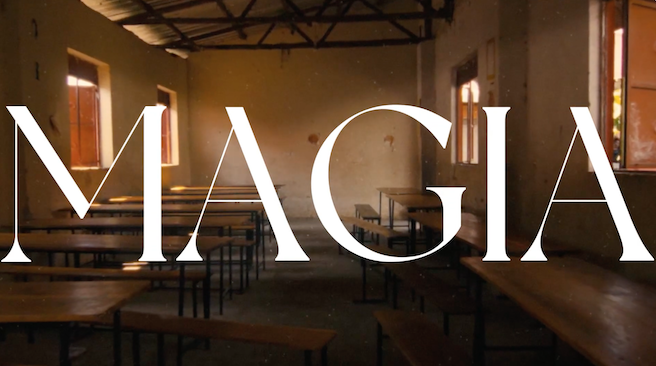Bad news in medicine

Conveying bad news should be an art. By art I mean communication, not works of art. At a time when communication is out of touch, and credibility quickly fades, sharing bad news is crucial. On the macro level, the scenario is known. Contempt for politicians, without ignoring religious ministers, bankers or international organizations such as International Monetary Fund Or the World Bank every day. Given his attitudes, the horrific consequences of his actions, and his failure to act, most of his adventures fail and cultivate distrust. Residents who are fed up with political patronage and the like despise them and accuse them of their stark contradictions and their countless blunders.
On a personal level, the outlook presents other challenges. Deep communication and lack of listening is the rule of our time. Speed and lack of live sound, rather than through mechanical devices, tend to bury human contact. All of the above is a prelude to the craft or art of transmitting bad news in the medical field.
There is no or enough definition for the term. The reason (not) is the scant academic interest in the topic. I am training with a concept. I understand bad news as any information that calls into question a patient’s future, whether it is due to illness or because there are no appropriate treatments. There are no medical materials or courses designed to inform patients and their families of bad news. The only school depends on the doctor’s interest in the person. Compassion and compassion are indispensable seeds. Time and dedication to giving good or bad news are essential. The problem is grave and almost universal. It suffices to emphasize that most of the cases filed against doctors in United State They are due to a lack of listening. Often times, in this environment, and in saturated hospitals, doctors sometimes do not know a patient’s name. If we add the variables included in this paragraph, that is, interest, time, dedication, compassion, and empathy, we can infer the complexity of the problem and the difficulty of finding “easy” solutions. Because there are no answers, reflection is compulsory. Sharing bad news is complicated. Doctors’ fear of guilt, inability to engage in dialogue, too little instruction by mentors, and abstract attention to the person are some of the reasons why this gap could be explained.
In times when technology abounds and you fall in love, doctors anxious about the clinic’s demise suggest adjusting university curricula and introducing topics whose theme is communication. It’s impossible to forget the masterful lesson of Leon Tolstoy On the death of Ivan Ilyich. In short, I press the words, Evan is a victim of abdominal cancer, suffering from unbearable physical pain, little by little it is impossible for him to move. Despite building a world around him, “no one” approaches him. Loneliness spoils it and ends it. The conviction that he is dying and no one cares translates into loneliness. Isolation is one of the axes of the novel, and it is like the death of the clinic. It goes without saying that years ago, students in some European schools were asked to act as if they were sick or to write poetry or prose whose primary theme was illness.
Its repetition will never hurt: the patient needs to listen. Indeed, it is necessary to carry out this course, regardless of the diagnosis, with Patients are in its final stages. The doctors suggested that the way to implement communication was to modify approaches. Giving more time to the human bond between doctor and patient, without undermining technology, is enormous.
Doctor and writer.

“Award-winning zombie scholar. Music practitioner. Food expert. Troublemaker.”


/cloudfront-eu-central-1.images.arcpublishing.com/prisa/AHVYMMDSTZDTDBFNZ3LMFUOKNE.jpg)








